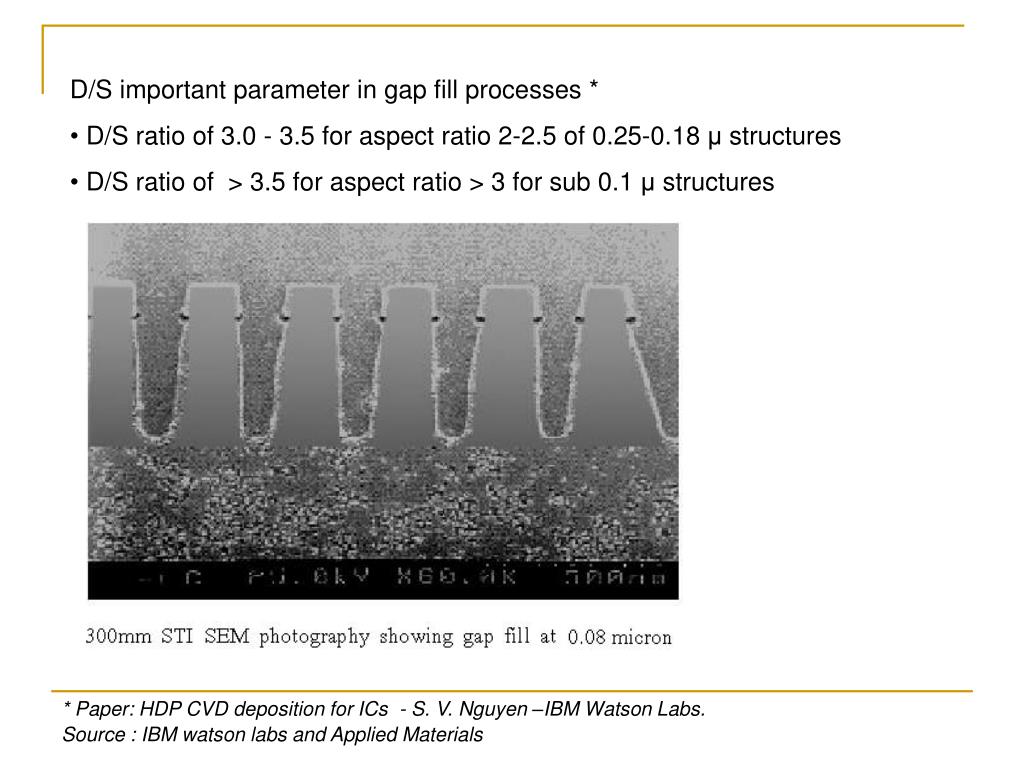

Just as we detect common gaps with our eyes, we can code a recursive algorithm that does the same thing for us.

Also, the runaway and exhaustion gaps are so similar that it is almost impossible to know which is which at the moment they appear, therefore, they suffer from hindsight bias. Note that most of the above specificities come from personal experience as some sources state that common gaps are least likely to be filled. It signals acceleration in the new trend.Ī runaway gap: It generally occurs within the trend but it confirms it more, therefore, it is a continuation pattern.Īn exhaustion gap: It generally occurs at the end of a trend and close to a support or resistance level. It is likely to be filled because of the market’s mean-reversion dynamic.Ī breakaway gap: It generally resembles a common gap but the gap occurs above a graphical resistance or below a graphical support.

There are different types of gaps and distinguishing them can be quite tricky:Ī common gap: It generally occurs in a sideways markets. “We call the act of trading based on gaps: Playing the gap.” Since it is traded all day long for 5 days a week, the presumed gaps would probably look like giant candles, but since we cannot know for sure, we will stick to the common definition of gaps. In the currencies market, the visible gaps are the ones that occur during the weekend. Gaps can occur due to fundamental and technical reasons, but we are mostly interested in identifying and trading them.
Trading fill the gap pdf#
If you feel that this interests you, feel free to visit the below Amazon link, or if you prefer to buy the PDF version, you could contact me on LinkedIn. Also, this book features the original colors after having optimized for printing costs. It features advanced trend-following indicators and strategies with a GitHub page dedicated to the continuously updated code. I have just released a new book after the success of my previous one “ The Book of Trading Strategies ”. From that we can evaluate the fill ratio of the gap. In this article, we will see the different types of gaps and then code a scanner in Python that finds them and applies the well-known practice of “ filling the gaps ”. For instance, in the currencies market, they usually happen on opening following the weekend or whenever there is a big announcement while in stocks, gaps are fairly common from one day to another. They vary in rareness from market to market. Gaps form an important part of price action.


 0 kommentar(er)
0 kommentar(er)
